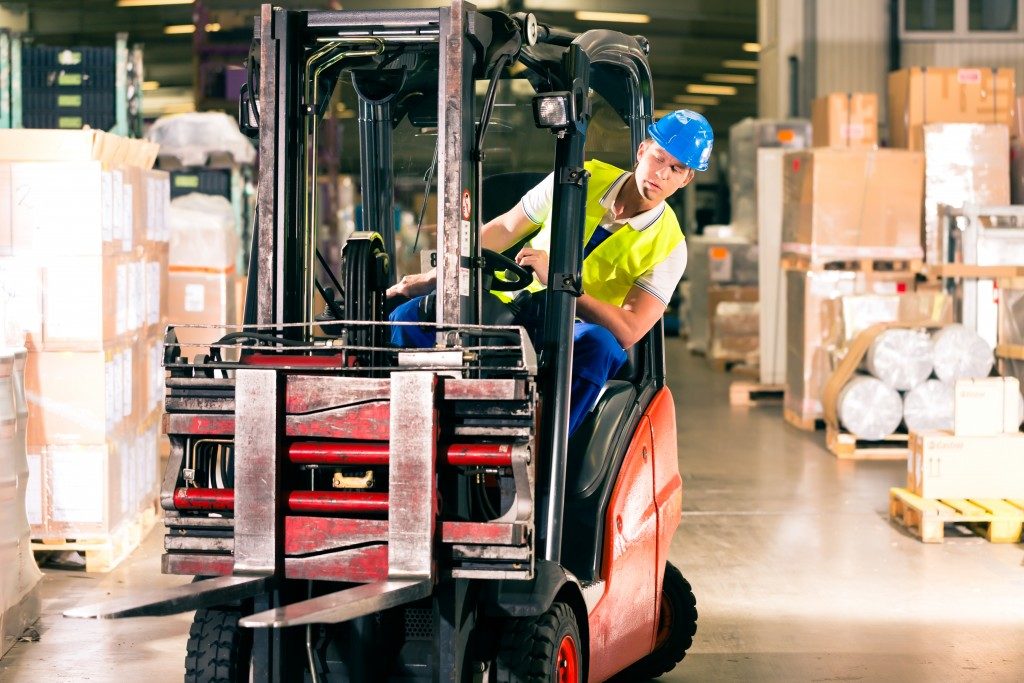A safe workplace is expected in every company. Companies want to maintain a healthy workforce with a clean, well-lit and safe environment. This helps ensure that there is no time lost due to accidents or injuries.
Besides the injured worker, other employees’ time would also be affected. Additional downtime would occur due to any necessary repairs or clean-up. Besides these immediate effects on productivity, there is also the financial cost from workers compensation. The worker would also not be able to get to work if the injuries are severe.
Company Liabilities
It is the company’s responsibility to keep the workplace safe and clean, and the equipment in good working condition. The company also provides for the safety signages, equipment and other gear, which may be necessary in case of an emergency. These equipment and facilities are included in workplace safety rules and guidelines. These include firefighting equipment, warning signs, supply rooms and storage, and others.
At the same time, the company has to ensure the workers are trained in safety and they wear proper safety gear. Part of that responsibility is the posting of signs in designated areas, like lifts, cranes, equipment storage, high voltage areas and welding equipment storage.
In construction areas, warning signs and lines designate unsafe areas where the workers are not allowed. These cordoned off areas include the floor edge as well as stairwells and elevator wells. In plants and factories, especially where industrial robots or cutting equipment are used, dividers and wire mesh fences are put in place to designate potentially dangerous areas.
When the plant’s floor is damaged from years of use, or from traffic from heavy equipment, proper industrial concrete repair should be initiated. This kind of damage is an insurance liability.
If an accident occurs near the damaged floor due to a slip or fall, the company is at fault for not fixing the floor. Crumbling walls and ceilings should be fixed immediately. The same is true if there are any damaged concrete floors. When a worker is hit by falling debris, or when he falls due to broken or damaged floors, the company can be held liable for these injuries.
Side Effects of Employee Injuries

When an employee gets injured on the job, the work stops. The assembly line has to stop production to sort things out. The injured worker is given appropriate first aid, and the incident is documented according to the rules regarding worker safety, and in compliance with workers compensation guidelines.
Among other things, it is important to clear any harmful objects from the site of the accident. Any facility, machinery and equipment involved in the accident is also set aside for any possible investigation. The worker is asked to file the necessary forms. If the worker does not want to fill up the forms for filing, the company has to document this as well.
Workers’ compensation insurance is part of a company’s operating cost. In the event an employee is injured in the workplace while performing his duty, workers comp covers the medical treatment, disability and death benefits. These injuries include slips and falls, and other medical conditions including repetitive motion disorder and carpal tunnel syndrome.
Keeping the company premises safe is not a trivial task. Worker injuries from accidents can put a dent on the company’s insurance costs.

